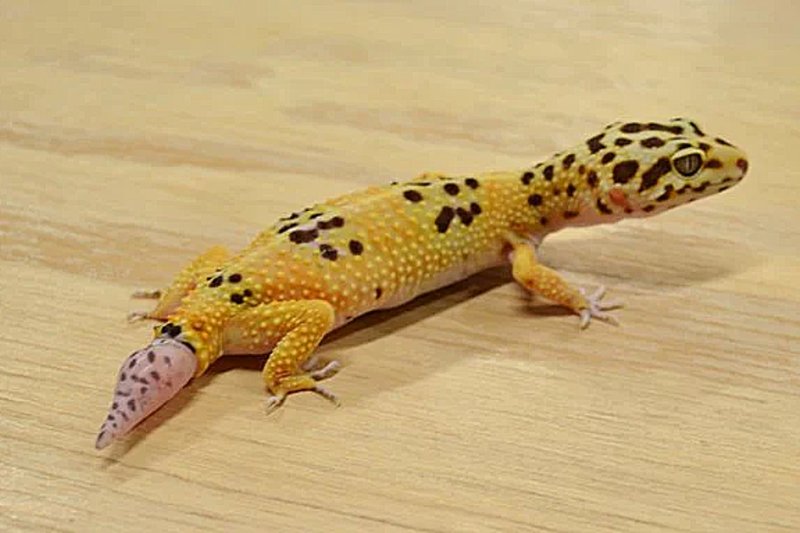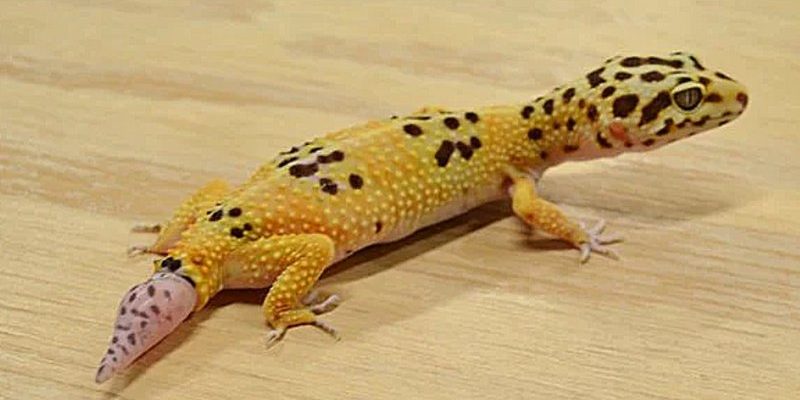
This ability isn’t just a party trick; it’s a survival mechanism. In the wild, a leopard gecko can sacrifice its tail to escape a predator, much like a magician pulls a rabbit out of a hat. While you and I wouldn’t want to lose a limb, for them, it’s a vital part of their survival. Let’s dig deeper into how this works and what you need to know to keep your leopard gecko happy and healthy.
Understanding Tail Regrowth in Leopard Geckos
Leopard geckos have an amazing adaptation: they can regenerate their tails after losing them. This might sound like something out of a sci-fi movie, but it’s a real and fascinating process in nature. When a gecko loses its tail, a special part of the body kicks into gear to help it regenerate. The tail is not just a storage site for fat; it also plays a key role in balance and communication.
Here’s the thing: while the new tail will grow back, it won’t be exactly the same as the original. The regrown tail typically has a different texture and color. It also might not be as long as the original tail. Think of it as a work-in-progress masterpiece rather than a perfect replica. If you’re a gecko owner, understanding this process can help you provide the best care for your pet.
Why Do Leopard Geckos Lose Their Tails?
You might be wondering why geckos would need to shed their tails. Losing a tail can happen for several reasons, like stress, fear, or even rough handling. In the wild, it’s a defense mechanism against predators. When a predator grabs the tail, it can simply break off, allowing the gecko to escape.
In captivity, there can be other factors at play. Stressful environments, improper handling, or health issues can also lead to tail loss. So, what can you do to prevent this? It’s all about creating a stress-free habitat. Make sure they have enough hiding spots, the right temperature, and a comfortable space to thrive. This will help reduce their stress levels and keep their tails intact.
How Do Leopard Geckos Regrow Their Tails?
Once a leopard gecko loses its tail, the regrowth process begins. The body starts by forming a cartilage rod in place of the lost tail. This is quite different from the original, which is made of bone. Over time, the cartilage gets covered with new skin and scales. This can take several weeks to months, depending on the gecko’s age and overall health.
During this regrowth period, you should pay special attention to your gecko’s diet and environment. Proper nutrition is essential for healthy regrowth. Make sure you’re providing a balanced diet rich in protein, vitamins, and minerals. Crickets, mealworms, and nutrient-rich supplements can be great options.
Care Tips for a Leopard Gecko During Tail Regrowth
Helping your leopard gecko during its tail regrowth phase is crucial. Here are some care tips to support them:
- Create a Safe Environment: Ensure that your gecko’s habitat is secure and comfortable. Reducing stressors like loud noises or sudden temperature changes can help.
- Monitor Health: Keep an eye on any signs of illness or infection. If your gecko seems lethargic or the tail doesn’t seem to be healing properly, consult a veterinarian.
- Optimizing Nutrition: Focus on high-quality food. Consider calcium supplements to aid in healthy bone and tail regrowth.
- Provide Hydration: Ensure your gecko has access to fresh water. Proper hydration is vital for overall health.
These steps can make a huge difference in your gecko’s recovery and well-being.
What If Your Leopard Gecko Doesn’t Regrow Its Tail?
It’s possible for your leopard gecko’s tail to not regrow fully or at all. Factors such as age, health, and the overall condition of your pet play a significant role. If you notice an incomplete or unusually shaped tail, don’t panic. Many geckos adapt well and can live healthy lives without a full tail.
However, it’s important to continue caring for your gecko as you normally would. Providing a healthy environment and diet remains key. If you’re ever concerned, don’t hesitate to reach out to a vet who specializes in reptiles.
Final Thoughts on Leopard Geckos and Their Tails
In summary, yes, leopard geckos can regrow their tails, but it’s not without its caveats. The process is fascinating and showcases the resilience of these little creatures. Understanding their needs during this time is essential for any owner. By creating a supportive environment and offering proper nutrition, you can help your gecko thrive, even after losing a tail.
So, the next time you see your leopard gecko, remember that it’s more than just a quirky pet—it’s a little survivor with some remarkable abilities. Always be attentive, and you’ll form a strong bond that goes beyond just being a pet owner. Your gecko relies on you, and with a little love and care, it can live a long, healthy life, tail or no tail!

